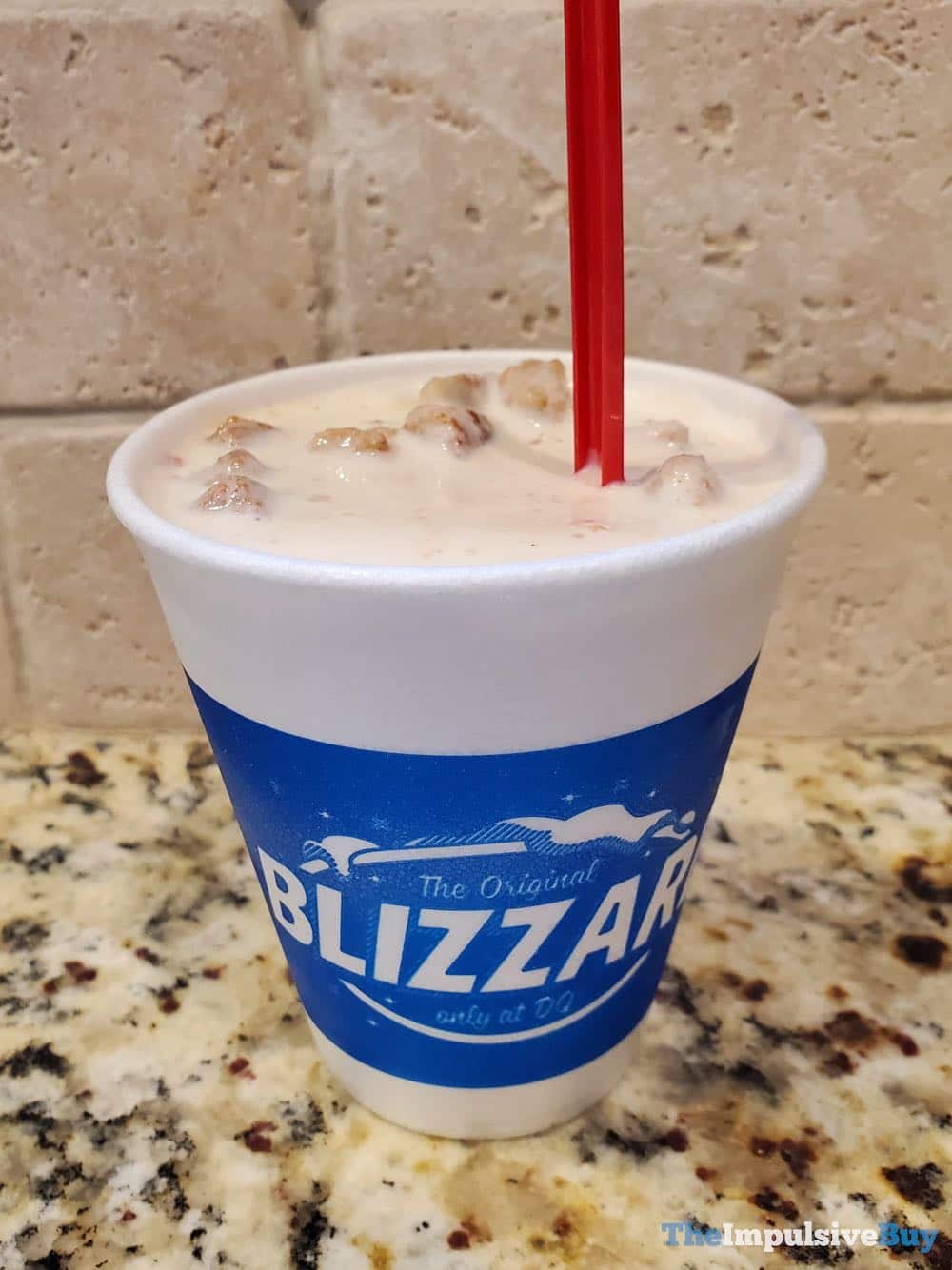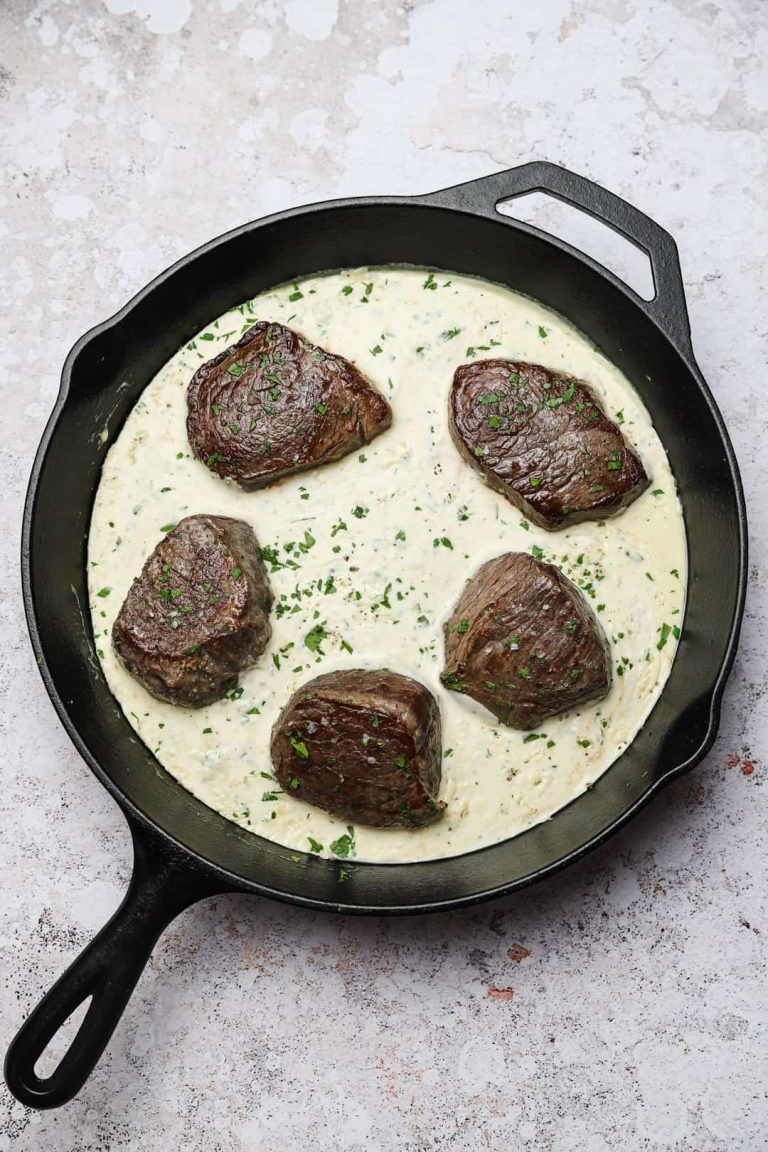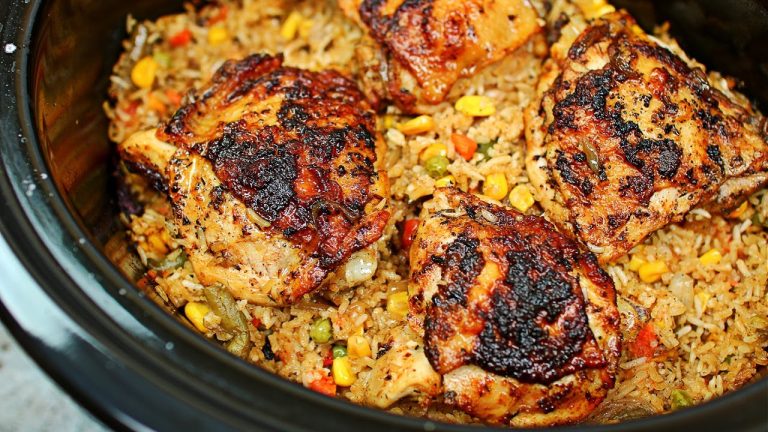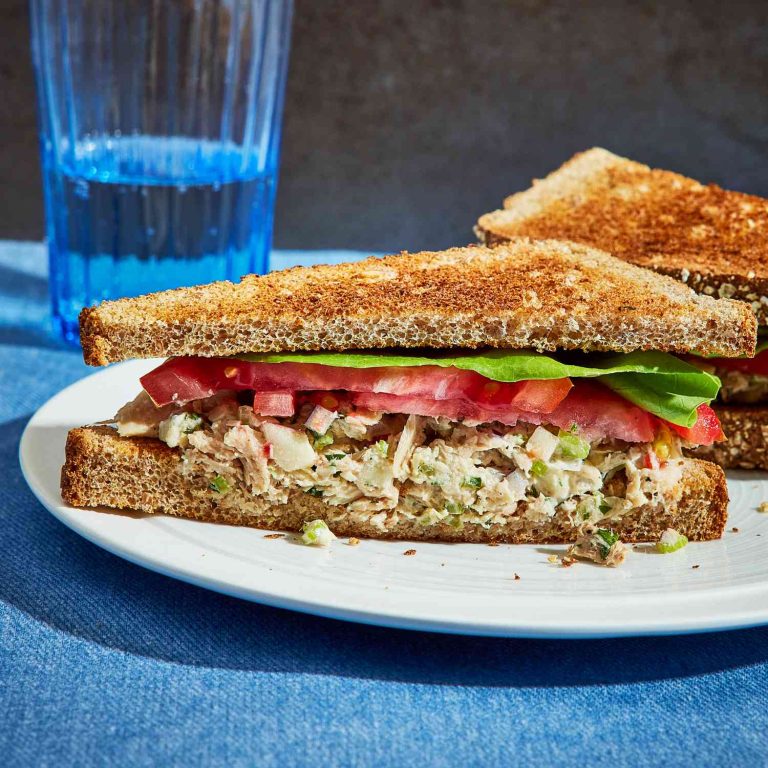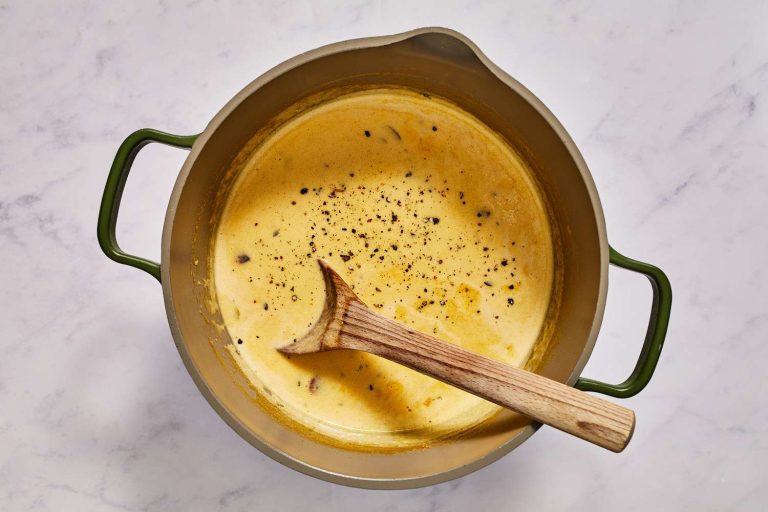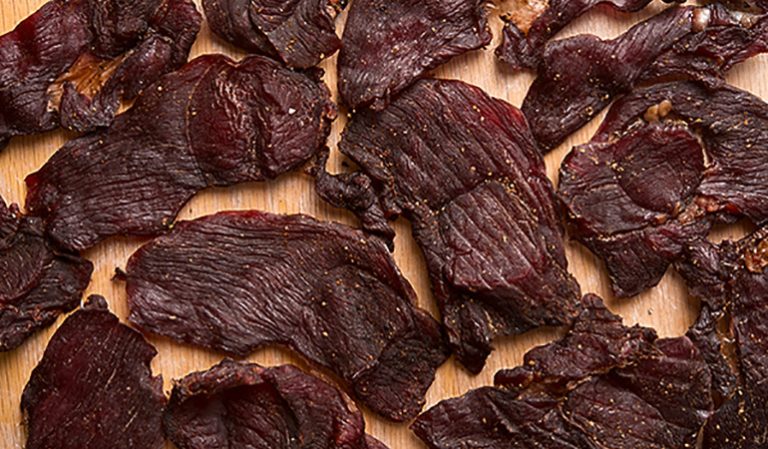Cinnamon Rollcing: Tips, Variations, and Serving Ideas
The perfect cinnamon roll depends on using high-quality ingredients. Flour, yeast, sugar, and butter form the foundation. Choose unbleached all-purpose flour. It provides the right structure. Use active dry yeast for the best rise. Sugar, whether granulated or brown, adds sweetness and feeds the yeast for a good rise. Butter, softened, gives the rolls enriched flavor and tenderness.
Essential Spices and Add-ins:
- Cinnamon: Ground Ceylon cinnamon provides a delicate, sweet flavor. It blends well within the filling.
- Brown Sugar: Dark brown sugar adds molasses and caramel undertones. It complements the spiciness of cinnamon.
- Salt: A small amount balances sweetness and enhances flavors.
- Milk: Whole milk gives the dough richness. It promotes a tender crumb.
Ideal Texture and Fluffiness
Achieving the ideal texture and fluffiness in cinnamon rolls involves critical techniques. Start by kneading the dough until it becomes smooth and elastic. This step ensures gluten development for a chewy texture. Rest the dough during the first rise, about 1-2 hours, until it doubles in size. Proper resting allows yeast to create air pockets, crucial for fluffiness.
- Temperature: Bake rolls at 350°F (175°C). Higher temperatures can dry them out.
- Duration: Bake 20-25 minutes. Watch for a golden-brown top and set edges.
- Proofing: Allow a second rise after shaping. This step ensures rolls puff up and stay soft.
- Oven Position: Place the baking pan on the center rack for even heat distribution.
Combine these methods for the perfect cinnamon roll. The texture’s softness paired with rich, consistent flavor makes each bite indulgent.
Crafting the Ideal Dough
The Role of Yeast in Fermentation
Yeast drives the fermentation process, creating light and airy dough. Active dry yeast and instant yeast are common choices. Active dry yeast must be dissolved in warm water (110°F) and sugar for 5 minutes to activate. Instant yeast mixes directly with dry ingredients, reducing prep time. During fermentation, yeast feeds on sugars, producing carbon dioxide and ethanol which cause the dough to rise. Ensuring yeast proves correctly is essential for achieving the perfect texture in your cinnamon rolls.
Kneading Techniques
Kneading develops gluten, which gives the dough structure and elasticity. Start by mixing ingredients until a shaggy dough forms. Transfer to a floured surface and knead by pressing the dough with the heel of your hand, folding, and rotating. Repeat this for 8-10 minutes until the dough is smooth and elastic. Over-kneading can make dough tough, so monitor its texture. To test if the dough’s ready, poke it gently; if it springs back, you’ve reached the needed consistency.
The Science Behind the Cinnamon Filling
Balancing Sweetness with Spice
Balancing sweetness and spice in cinnamon filling involves precise ratios. The ideal proportion generally includes 1 cup of brown sugar, 2 tablespoons of ground cinnamon, and a pinch of salt. Brown sugar’s molasses content adds depth, while cinnamon provides a warm, spicy flavor. The salt enhances the blend, making a more pronounced taste profile.
Butter plays a critical role too, as it ensures the filling spreads evenly over the dough. A quarter cup of softened unsalted butter is sufficient. If more spice is preferred, adding nutmeg or cloves can intensify the flavor. These adjustments help you customize the perfect cinnamon filling to suit your preference.
Innovative Twists on Traditional Recipes
Incorporating innovative twists can elevate your cinnamon rolls. One popular adaptation is adding citrus zest. Mixing in the zest of one orange or lemon adds a refreshing contrast to the sweet filling. Another variation is using alternative sweeteners, such as honey or maple syrup, instead of brown sugar. This change offers a unique taste while reducing processed sugar content.
Some recipes include chopped nuts, like pecans or walnuts, for added texture and flavor. You can mix a half cup of nuts into the filling for a crunchy surprise. Another trend is using different spices, such as cardamom or allspice, which can offer a new dimension to the familiar taste of cinnamon rolls.
Experiment with these twists to add a personal touch to your cinnamon rolls and surprise your taste buds with new flavors.
Baking Tips and Techniques
Achieving the Right Oven Temperature
Set the oven to 350°F (175°C) to bake cinnamon rolls evenly. Because variations in temperature can affect the texture, use an oven thermometer for accuracy. If the oven runs hot or cold, adjust the dial to maintain consistent heat. Baking at 350°F prevents over-browning while ensuring the dough cooks through. For convection ovens, reduce the temperature by 25°F to countertop the higher heat circulation.
Timing for Perfection
Bake for 20-25 minutes for soft, tender rolls. Keep an eye on the edges; once they turn golden-brown, the rolls are ready. If you prefer gooier centers, reduce baking time slightly but beware of undercooked dough. Because different ovens have varied heat distribution, check doneness with a toothpick. Insert it into the center; if it comes out clean or with a few moist crumbs, the rolls are done.
Presentation and Serving Ideas
Creative Ways to Serve Cinnamon Rolls
Enhance the experience of your cinnamon rolls with some creative presentation ideas. Serve them warm on a decorative platter for added visual appeal. Drizzle a rich cream cheese glaze over them right before serving to keep them moist and flavorful. For an interactive brunch, create a cinnamon roll bar where guests can customize their rolls with different toppings like chopped nuts, fruit, and various glazes. If you’re hosting a holiday event, arrange the rolls in a festive shape—such as a Christmas tree or a heart.
Complementary Drinks and Side Dishes
Pairing your cinnamon rolls with complementary drinks and side dishes can elevate the culinary experience. Offer a variety of beverages, including freshly brewed coffee, chai tea, and hot chocolate, which all complement the cinnamon flavor well. Fresh fruit salads or berries can provide a refreshing contrast to the sweetness of the rolls. For a more indulgent meal, consider sides like maple-glazed bacon or a savory quiche. Serving yogurt parfaits with granola and honey alongside can balance the decadent flavors of the rolls, making for a well-rounded meal.
Conclusion
Creating the perfect cinnamon roll is an art that brings joy and satisfaction to any occasion. By mastering the balance of sweetness and spice in your filling and experimenting with customizations, you can elevate your cinnamon rolls to new heights. Remember to follow precise baking tips to achieve that golden, fluffy texture. Enhance your presentation with a decorative platter and a drizzle of cream cheese glaze. Pairing your cinnamon rolls with complementary beverages and side dishes will provide a delightful and memorable experience for everyone. Enjoy the process and savor the delicious results.
